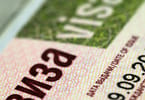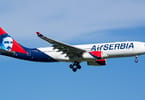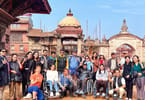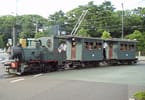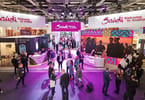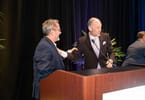KUALA LUMPUR (eTN) – “Amanah, jujur, mesr,a and bersopan.” These are four adjectives displayed in the back windows inside of Kuala Lumpur’s (KL) taxis. Those words in Malay mean: “trustworthy, honest, friendlym and respectful.”
Unfortunately, these words have for many taxi drivers only a decorative value. Public taxis in Kuala Lumpur have earned – with good reasons – the reputation of being among the worst in Southeast Asia. Cars are generally filthy and smelly. If passengers are lucky, their drive might only be unfriendly. If unlucky, the driver will be rude, even aggressive. But above all, many taxis take tourists as the ideal target to squeeze some extra ringgit by cheating on itineraries or by refusing to turn their meter on.
These problems have been known for long by the police and the Ministry of Tourism. Complaint telephone numbers have been introduced, and flag down fares have been substantially increased in 2009 (by 30%), while some shopping centers have tried to bar unofficial taxis from their compound.
A survey conducted in 2008 by the Ministry of Tourism showed that 70% of tourists asked had been cheated by taxi drivers. Public taxis will, for example, charge 10 ringgit (US$3.25) a ride for the kilometer separating KLCC shopping mall to Bukit Bintang – an area popular with tourists due the presence of many hotels. There are also premier taxis going around town – more expensive but probably more reliable.
But the fight against KL cabbies’ scams seems to be a long and hard road with little success at the end of it. The city administration has now come up with another simpler solution by providing a good pedestrian alternative in the form of covered walkways all across the city, modeled on existing walkways in Hong Kong or in Singapore. Priority will be given to the city center with walkways between Bukit Bintang and KLCC.
The pedestrian passages will link convention centers, hotels, shopping malls, and public transport. According to the Minister of Federal Territories and Urban – Raja Nong Chik Raja Zainal Abidin and Malaysia oil company Petronas have already announced providing US$32.80 million to build all covered walkways around KLCC. The city administration is not only looking at helping tourists with an alternative to taxi drivers. They also believe that it would help to turn Kuala Lumpur into a more pedestrian-friendly city by significantly reducing the number of cars on the roads.
WHAT TO TAKE AWAY FROM THIS ARTICLE:
- The city administration has now come up with another simpler solution by providing a good pedestrian alternative in the form of covered walkways all across the city, modeled on existing walkways in Hong Kong or in Singapore.
- But the fight against KL cabbies' scams seems to be a long and hard road with little success at the end of it.
- They also believe that it would help to turn Kuala Lumpur into a more pedestrian-friendly city by significantly reducing the number of cars on the roads.




